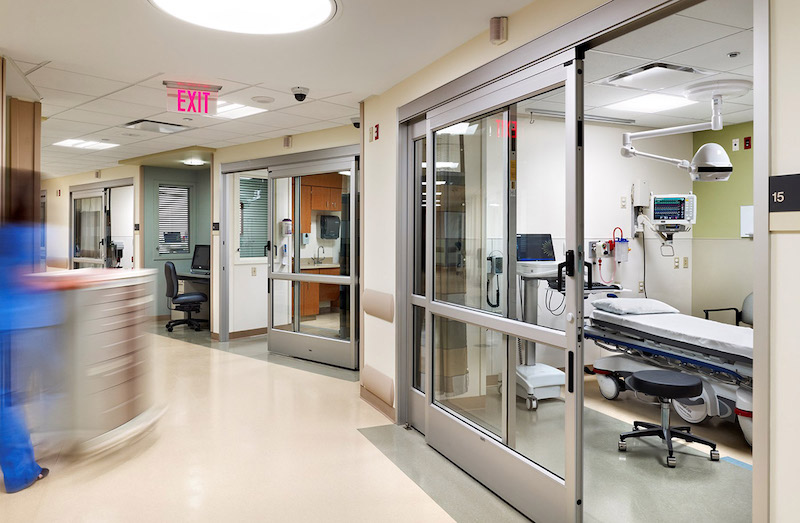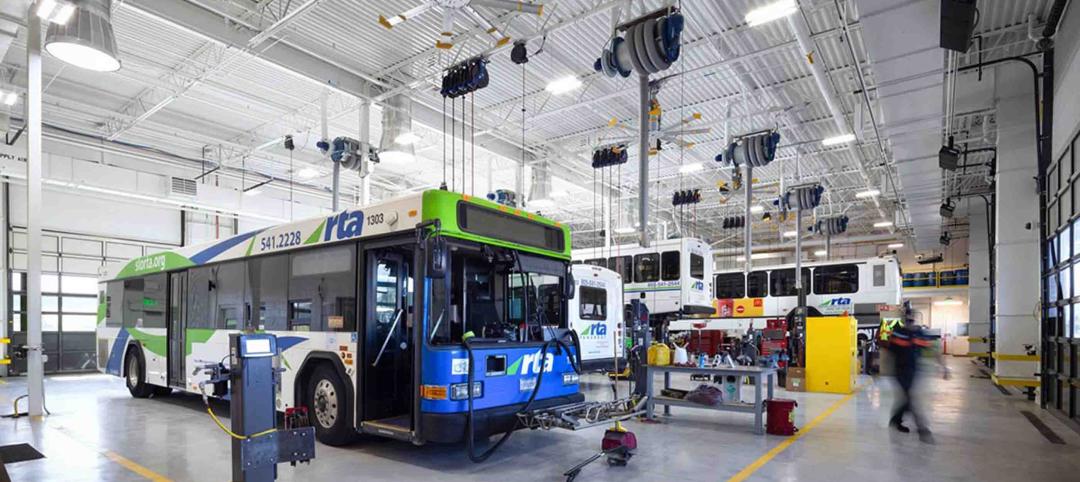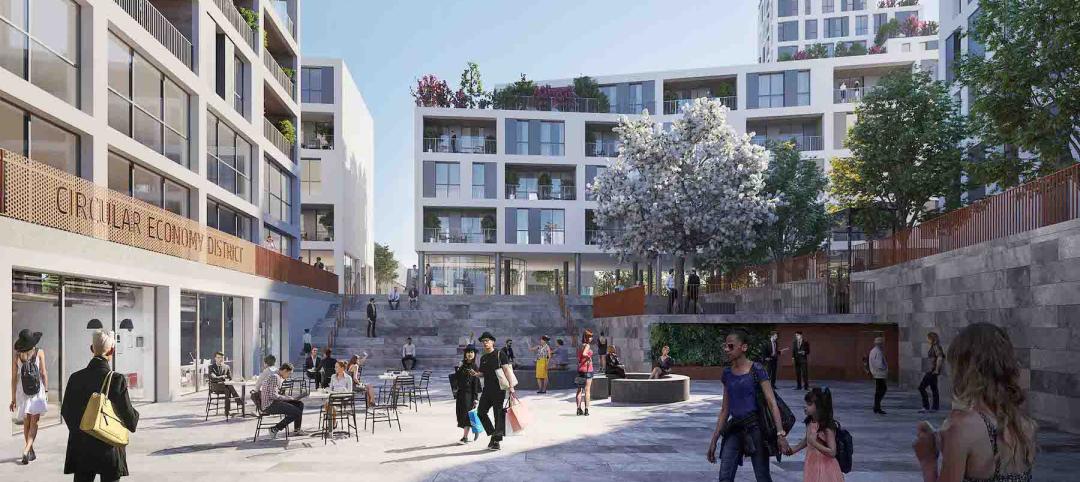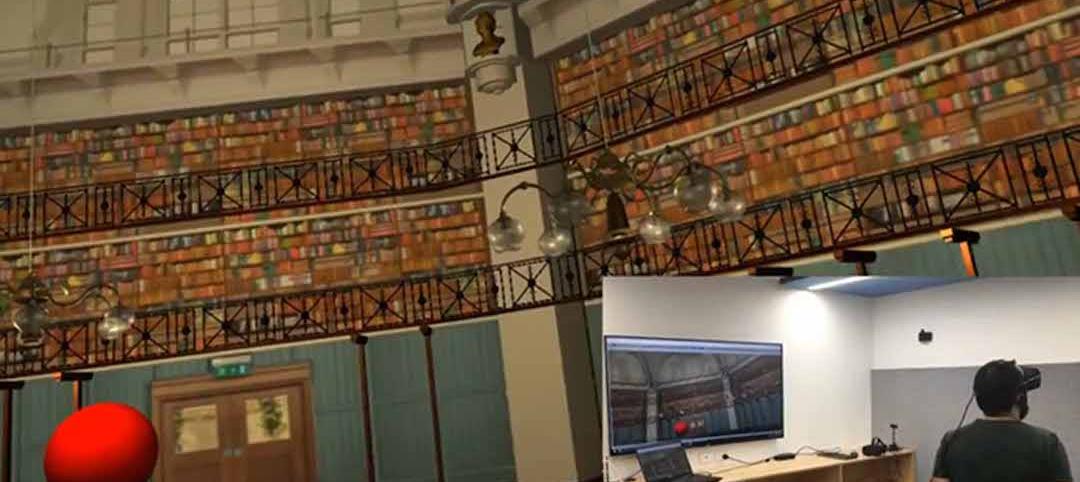In 2003, the small city-state of Singapore was one of the hardest hit by the SARS epidemic. Of 238 cases, 33 people lost their lives—40% were healthcare workers. This left a deep and lasting impression, with Singapore taking serious steps to be better prepared for “the next big one.” The solution: establishing the Disease Outbreak Response System Condition (DORSCON), a national prevention and response plan. The system’s color-coded framework shows the current disease situation and provides general guidelines for prevention and infection control. This plan has been tested in recent years by the MERS (62 suspected, all negative) and H1N1 epidemics with good results.
While working as a healthcare architect in Singapore from 2016-2019, years after DORSCON was created, hospital design and operations continued to be impacted by the program.
Singapore implemented the Disease Outbreak Response System Condition after the SARS outbreak in the early 2000s. That system impacts healthcare design in the city-state.
As soon as information emerged about suspicious cases of pneumonia in Wuhan, China, in late December 2019, Singapore started getting ready. Not only did they have a plan, but they executed it with almost military precision. In early February of this year, the country activated DORSCON Orange (second-highest level of alert), which is still in place.
Several international public health agencies, including the World Health Organization (WHO), have praised the Singapore model, some calling it “the gold standard.” Similar models were applied in Hong Kong, Taiwan, and South Korea—all countries that were also hit hard by SARS.
Let’s look at ways these countries successfully implemented public awareness campaigns and activities for the mass health crisis situations, including the COVID-19 pandemic:
1. Clear, transparent, and coordinated communication is provided from all government agencies such as the Prime Minister, Ministry of Health, and more. Government messaging in these countries has been consistent and transparent regarding the current situation, next steps, and recovery. This transparency builds public trust.
Public awareness campaigns were initiated immediately. They include social media, targeted informative animations, and explicit messaging about social distancing in the press.
2. Testing was made available early, as soon as possible after the genome sequencing became available. Extensive testing is administered in community clinics (PHPC, public health preparedness clinic), and information on where to go and what the steps are is available on websites created for this purpose, i.e. mask go where and flu go where.
The process works like this: If you have fever and other flu-like symptoms, you visit a general practitioner, who will administer a test. You get a 5-day medical certificate and go self-isolate at home until results become available (the timeframe to receive results has now been shortened to only a matter of hours). If positive, even with mild symptoms, you will be taken to a hospital via an ambulance. Separating people who test positive and keeping them under strict isolation—not at home—is key as it ensures they will not accidentally be infecting others.
3. Contact tracing requires a dedicated task force (over 100 investigators, including police and armed forces). As the number of COVID-19 cases grow, so does the amount of data. In an official address to the nation, the Singapore prime minister suggested that the high volume of cases could potentially be a limiting factor to the ability to contact-trace.
Within weeks, Singapore had a technology solution to address the volume concerns, the tracetogether app, launched on March 20, 2020. Asymptomatic contacts, if deemed close, are ordered to quarantine at home. Control is very strict. It leverages technology already present on mobile phones and is reinforced by random in-person checks to prevent anyone leaving their homes. Temperature checks occur regularly at the border, in schools, at healthcare providers, etc. Strict penalties are enforced for those attempting to disregard public policy, making anyone think twice about disobeying.
The key is to intervene early and act fast, from the highest levels of government. Then test, trace contacts, enforce quarantines, and require social distancing.
This disciplined approach has allowed normal life to continue during the COVID-19 pandemic for those who do not show symptoms. It keeps people out of the hospitals and enables schools to remain open (with restrictions on distancing and gatherings). This is nothing short of remarkable, for a city with a population of nearly 6 million.
What sets the Singapore approach apart in the world of healthcare is the scale at which they are willing to implement and the significant amount of resources they are willing to expend.
Lessons learned designing healthcare facilities in Singapore
With the response infrastructure in place, we can design in support of those activities. My experience in Singapore provided valuable lessons in designing health spaces and facilities that can quickly respond in a time of crisis.
The first project I worked on was the new Emergency Department at Block H9A on the Singapore General Hospital campus. Central to their design brief from day one was “It’s not if, but when”—echoing the country’s public-awareness campaign for crisis situations ranging from health concerns to terrorist attacks—supported by a commitment to address and implement at every design stage. I learned that the same approach extended to other facilities on the island-city, following a well-defined national strategy.
The most important design aspects may not be new to a healthcare design professional. However, what sets the Singapore approach apart is the scale at which they are willing to implement and the significant amount of resources the country is willing to allocate for these efforts.
An example of segmenting hospital patient flows in the case of surge scenarios.
— Healthcare facilities are designed with significant surge capacity and for complex surge scenarios. For example, Singapore General Hospital Block H9A Emergency Department, opening in 2023, is designed to also respond in case of a “national health crisis”—a mass-casualty incident, pandemic, or mass exposure to hazardous materials requiring a hospital decontamination station.
— One characteristic of surge scenarios vs. normal operations is the ability to segment patient flows before they enter emergency departments. This is done by virtualizing self-assessment tools and non-urgent consults or visits, by utilizing external space for triage (parking lots, parking structures, etc.), and splitting the flow of febrile patients (those with fever) from the rest of the patient population—subsequently isolating them as required.
— A separate entry for fever-ridden patients is created under this scenario, leading to a zone with four types of isolation rooms (contact, positive, negative, and quarantine suites). The area can treat high-risk patients while allowing the rest of the department to continue normal operations.
— Compartmentalized design has the capability to isolate and lockdown the emergency department by identified zones when required, preventing the spread of high-risk infectious diseases to the entire ER. Adequately pressurized buffer zones separate the compartments and help to ensure no transfer of contaminated airflow.
— Building systems are designed to support the independent functioning of compartments with a n+1 or n+n redundancy—systems offering up to 100% redundancy in air-handling units, power, and medical gases. Catastrophic failure scenarios are considered as part of the design brief, driving decision making. For example: What happens if I must shut down half of any one compartment in order to perform terminal cleaning? What happens if I lose one entire compartment?
— Incorporating overflow isolation and resuscitation capacity is also part of the design approach. Critical Care Area cubicles are designed with negative pressure and can handle resuscitation. The cubicles are designed as a dedicated space, bound by walls and sliding doors, to provide more patient privacy.
— Trauma/resuscitation areas are designed to support double occupancy in a surge scenario.
— Extensive support spaces offer room for staff reporting for work shifts in a surge scenario, as well as ample storage for needed supplies and equipment. Staff respite areas can then be created by converting administrative space.
— Contingency plans can expand beyond the emergency department to associated specialties like radiology, ICU, IPUs, etc.
I expect that in the aftermath of the COVID-19 crisis, the way we design healthcare spaces will be forever changed. It will start with how we deploy virtual care. Beyond that, we will see more focus on designing facilities for resilience and increased responsiveness.
Healthcare is a global concern. If we want to keep people safe and save lives, we need to look to the crises we’ve encountered before for learning and inspiration.
More from Author
Stantec | Apr 18, 2024
The next destination: Passive design airports
Today, we can design airports that are climate resilient, durable, long-lasting, and healthy for occupants—we can design airports using Passive House standards.
Stantec | Mar 18, 2024
A modular construction solution to the mental healthcare crisis
Maria Ionescu, Senior Medical Planner, Stantec, shares a tested solution for the overburdened emergency department: Modular hub-and-spoke design.
Stantec | Nov 20, 2023
8 strategies for multifamily passive house design projects
Stantec's Brett Lambert, Principal of Architecture and Passive House Certified Consultant, uses the Northland Newton Development project to guide designers with eight tips for designing multifamily passive house projects.
Stantec | Apr 10, 2023
Implementing human-centric design in operations and maintenance facilities
Stantec's Ryan Odell suggests using the human experience to advance OMSF design that puts a focus on wellness and efficiency.
Stantec | Jul 6, 2022
5 approaches to a net zero strategy that communities can start right now
Whether your community has started on a plan or is still considering net zero, now is the time for all of us to start seriously addressing climate change.
Stantec | Feb 14, 2022
5 steps to remake suburbs into green communities where people want to live, work, and play
Stantec's John Bachmann offers proven tactic for retrofitting communities for success in the post-COVID era.
Stantec | Feb 8, 2022
How gaming technology is changing the way we design for acoustics
Adding 3D sound from gaming engines to VR allows designers to represent accurate acoustic conditions to clients during design.
Stantec | Dec 15, 2021
EV is the bridge to transit’s AV revolution—and now is the time to start building it
Thinking holistically about a technology-enabled customer experience will make transit a mode of choice for more people.
Stantec | Sep 3, 2021
Passports to a net-zero carbon future
How materials passports can help designers achieve social value and net-zero carbon.
Stantec | Aug 25, 2021
The mall of the future: Less retail, more content
For the mall to survive, it will need to embrace nontraditional uses and “messy vitality.” Here’s how to do it.
















